Here's why that Huawei photo could never come from a smartphone camera
Here's the photo Huawei shared to its various social media accounts.

Huawei took it down and apologized, but only after Android Police spotted metadata on Google+ showing it really came from a Canon DSLR and pricey 70-200mm f/2.8 lens.
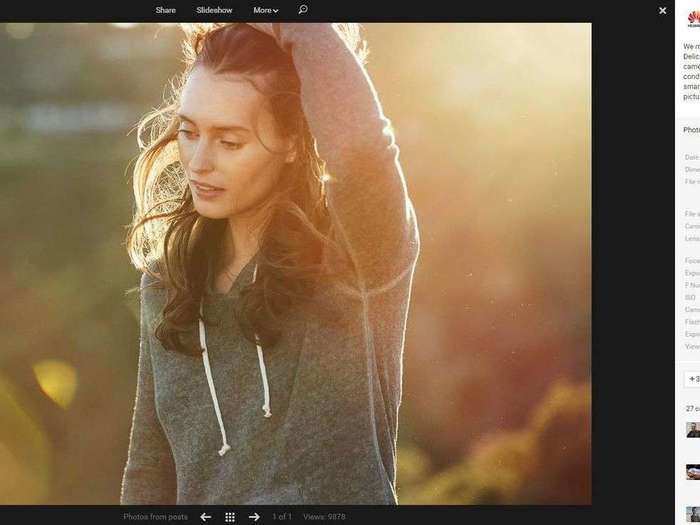
But the thing is, this photo couldn't have possibly come from a smartphone. There are a few ways to tell. First of all, smartphones rarely produce lens flare of this kind. That's true if the sunlight is within the camera's field of view...

...or just outside it, as is the case in that Hauwei image. Smartphones just don't have enough different glass elements or open space for light to bounce around in and create those nice, well-defined specular effects.

Also, the depth-of-field, or background-blurriness of the image is wrong. Some wide-aperture cameras can produce this effect when subjects are very nearby.
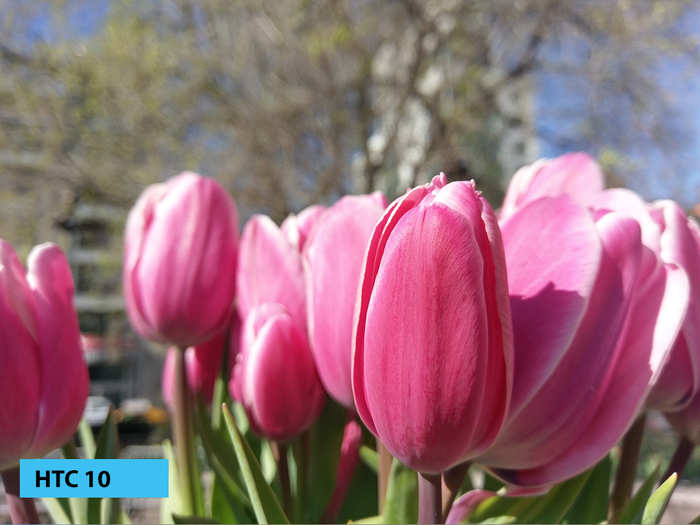
But even the best smartphones don't turn up that optical effect when the subject is more than a few inches away.
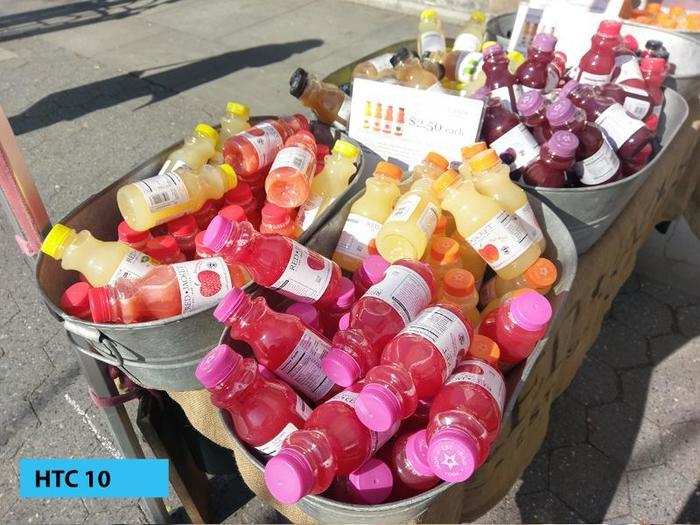
Huawei P9 does have the special ability to fake shallow depths-of-field across somewhat larger distances. But it doesn't look as crisp as a professional camera, and the subject can't be more than three feet away.

Try to shoot a more distant subject, like the woman in the photo, and the software can't handle it.
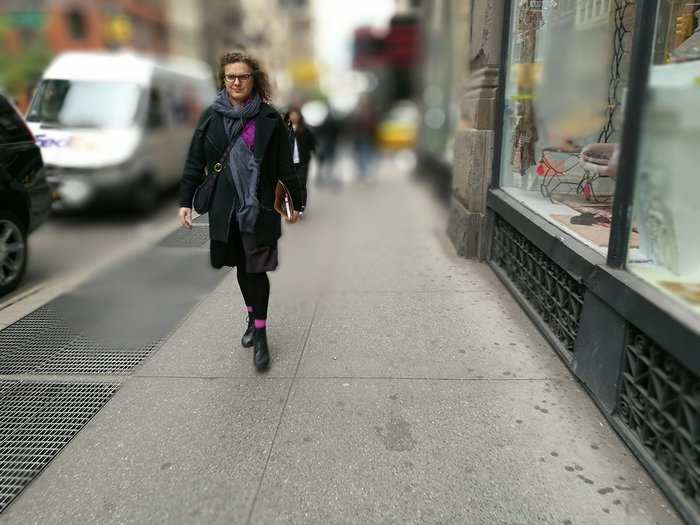
The next problem with this image is its distortion — or lack thereof. This image has no obvious stretching or distortion anywhere, and the model's elbow, which projects toward the camera, doesn't seem to pop out. These are hallmarks of a photo shot through a long lens.

Smartphones, including the P9, have wide-angle lenses. Their optics stretch and distort subjects and backgrounds in order to fit everything into the camera's field of view. Objects near the camera pop dramatically, while far-away ones shrink unnaturally. A person's face near the edge of an image will distort in unflattering ways.

Finally, there's just a level of quality to this image that no smartphone could achieve in even the best possible circumstances. Take a look at this portion of the Huawei image.
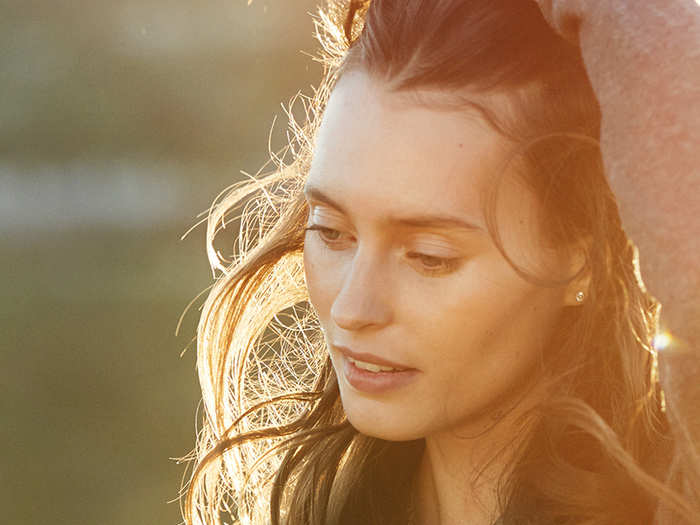
Look at this one as well. Notice how tack-sharp the in-focus parts of the image are, how nice the texture of the blurry background is, and how you can make out color and detail in even the brightest highlights and darkest shadows.
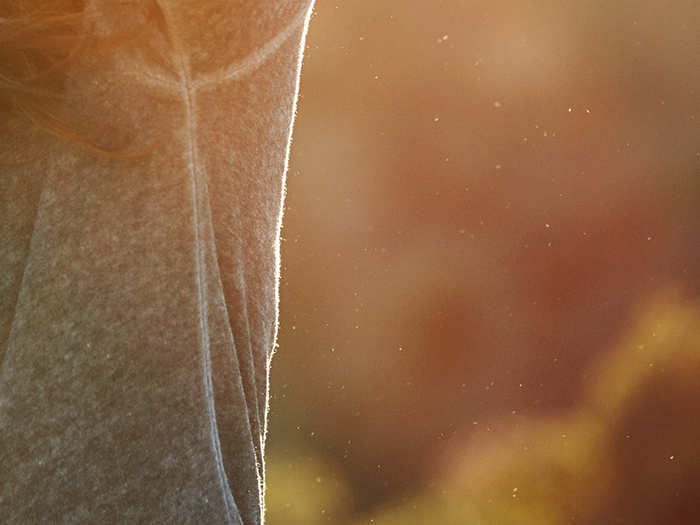
That level of quality is only possible with professional optics and sensors — even a consumer DSLR and lens probably couldn't take an image quite this good. Compare that to this shot from the Galaxy S7, right now the best smartphone camera in the world.

This image is a very, very good for a smartphone. The background looks nice, the color is great. But still you'll notice blown-out highlights, as well as some unevenness to the background texture.
That's why pro photographers spend big bucks on pro equipment. As good as they are, smartphone cameras can't compare. And their manufacturers shouldn't pretend otherwise.

Popular Right Now
Advertisement